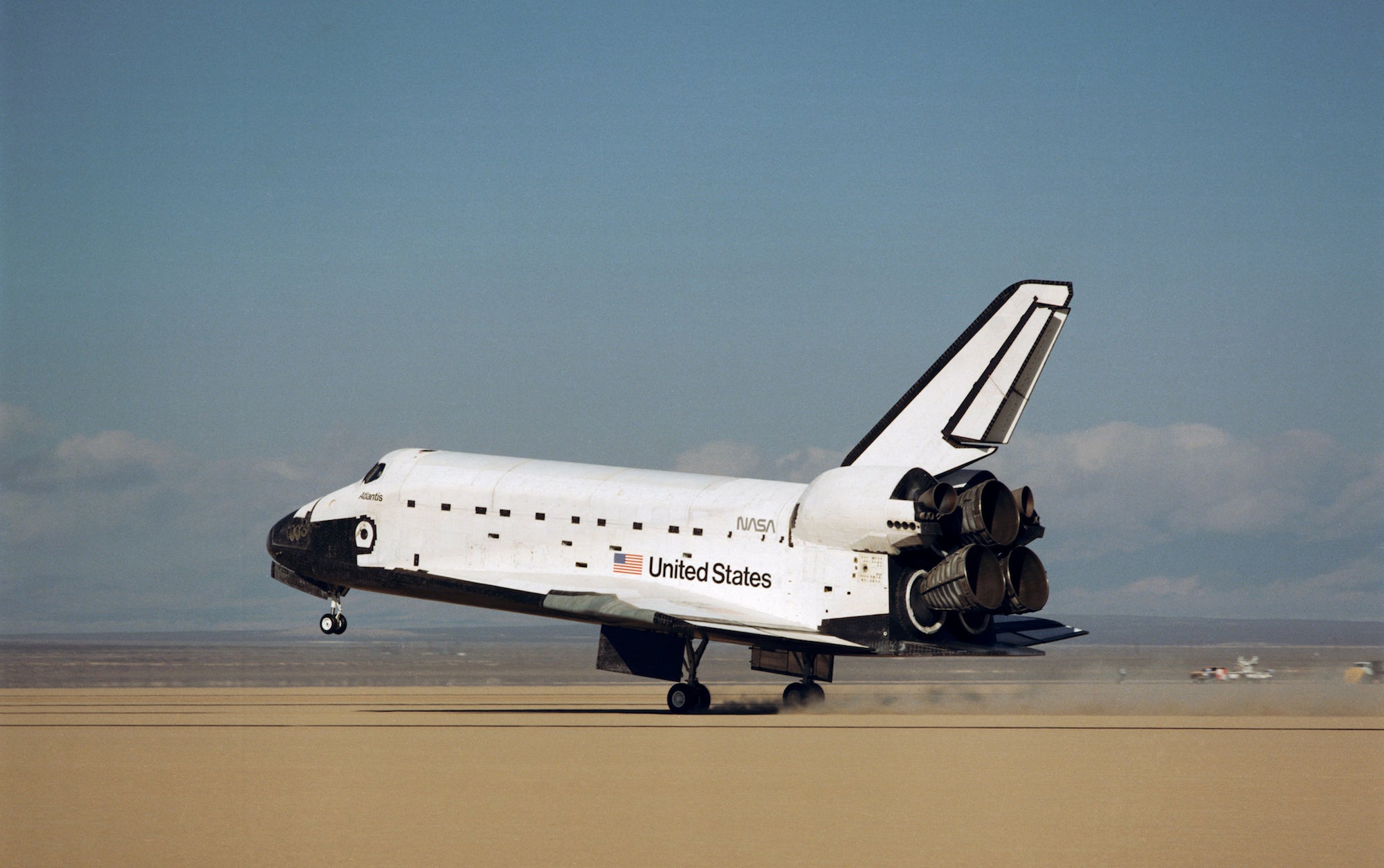

The study conveys that regardless of these variables, reusability is fast becoming the norm of the launch vehicle industry. This article offers a survey of such launch service providers from 4 distinct geographical regions with varying degrees of public-to-private ownership and catering to different requirements. Rival launch service providers, although contentious of SpaceX business model, are planning to introduce reusable launch systems into their product mix. This had unleashed pricing competition as SpaceX had begun offering low-cost access to space. SpaceX believes reusable launch vehicles will enable its vision of colonizing Mars. Space Exploration Technologies Corporation (SpaceX) had demonstrated its reusable launch vehicle technology by recovering and reusing the core stage of its Falcon 9 launch vehicles. This highlights the failure to advance human space flight is about mankind’s comprehension and motivation not technical or financial constraints A provisional parametric cost estimate, suggests the implementation and operational costs would be comparable to other aerospace programmes that have been funded since the Apollo programme. As a result the Scorpion would create a capability significantly surpassing the infrastructure outlined in NASAs Post Apollo programme. The prime propulsion is provided by a hybrid thermal/electrical fission nuclear propulsion system, called Serpent-H, which has a thrust of 200 tonnes and an exhaust velocity of 12.7 km/sec. It has significant internal and external provisions for carrying payload, whether pure cargo or mission specific equipment. The spacecraft is 107 m long with a dry mass of 230 tonnes, it has a crew of 6 people and can be spun to provide artificial gravity. The study objective was to explore what is possible with realisable technology to contrast with what we currently actually have, to illustrate the working of Martin’s law within the Space industry. The Scorpion is a spacecraft concept that has the intended purpose to be a multirole human space transport system that supports high earth orbit, lunar and near interplanetary flight. The results of a preliminary case study clearly show that the approach proposed can effectively capture, analyze, and optimize the value of different system designs, appealing to the growth of the space market.

Apart from keeping the critical advantages from the traditional methodologies, the new approach is capable of solving the problems inherent themselves. Taking in the experience of the frameworks, a generic design and certification architecture is developed from a value-centric perspective. In parallel, a survey on the current design and certification frameworks of large and complex systems is carried out. Firstly, the characteristics of different types of spacecraft are compared and summarized. Therefore, a value-centric architecture for spacecraft design and certification is proposed in this paper to address this need. However, the current customized and labor-intensive design philosophy is not naturally appropriate for enabling the application of these concepts and technologies. The rapid development of emerging concepts and technologies, e.g., modularity, standardization, and fractionation, has resulted in the miniaturization of satellites and simplification of mission design, as well as a move towards more responsive and economical systems.


 0 kommentar(er)
0 kommentar(er)
